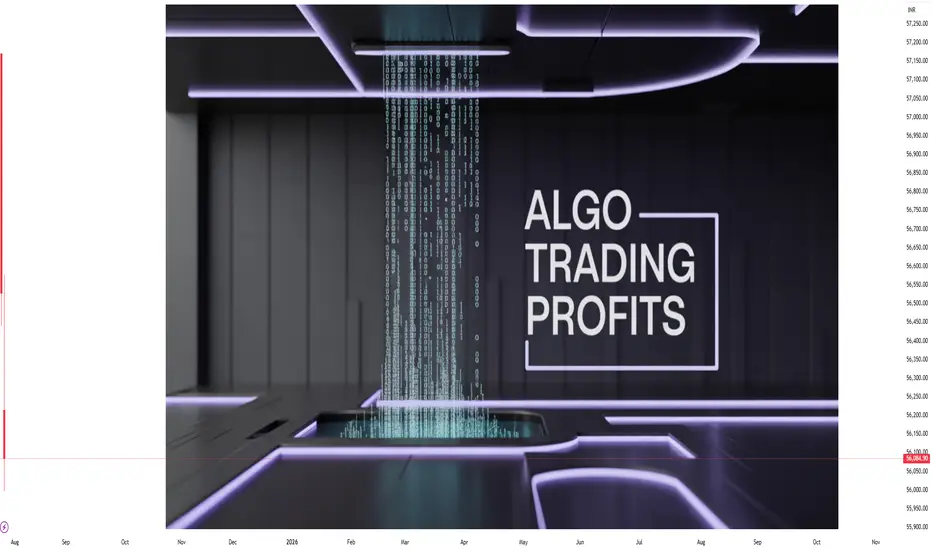What Is Algorithmic Trading?
Algorithmic trading (or “algo trading”) involves using computer programs to follow a defined set of instructions — an algorithm — to place, manage, and close trades. These rules are based on parameters such as timing, price, volume, and even complex mathematical models.
Key Benefits of Algorithmic Trading:
Speed: Algorithms can analyze market data and execute trades in microseconds.
Accuracy: Eliminates human error in order placement.
Backtesting: Strategies can be tested on historical data before going live.
Emotionless Trading: Algorithms remove the influence of greed, fear, and hesitation.
The Rise of AI in Trading
Artificial Intelligence takes algorithmic trading a step further. Traditional algo trading relies on predefined rules, but AI allows a system to learn from data and adapt over time. This dynamic approach enables smarter trading decisions, especially in volatile or non-linear market environments.
AI Techniques Used in Trading:
Machine Learning (ML) – Supervised and unsupervised models for prediction and classification.
Deep Learning – Neural networks for recognizing patterns in complex data sets like candlestick charts, news feeds, and audio transcripts.
Natural Language Processing (NLP) – To analyze news, social media sentiment, earnings reports, and tweets.
Reinforcement Learning – Agents learn optimal actions through trial and error over time.
Algorithmic trading (or “algo trading”) involves using computer programs to follow a defined set of instructions — an algorithm — to place, manage, and close trades. These rules are based on parameters such as timing, price, volume, and even complex mathematical models.
Key Benefits of Algorithmic Trading:
Speed: Algorithms can analyze market data and execute trades in microseconds.
Accuracy: Eliminates human error in order placement.
Backtesting: Strategies can be tested on historical data before going live.
Emotionless Trading: Algorithms remove the influence of greed, fear, and hesitation.
The Rise of AI in Trading
Artificial Intelligence takes algorithmic trading a step further. Traditional algo trading relies on predefined rules, but AI allows a system to learn from data and adapt over time. This dynamic approach enables smarter trading decisions, especially in volatile or non-linear market environments.
AI Techniques Used in Trading:
Machine Learning (ML) – Supervised and unsupervised models for prediction and classification.
Deep Learning – Neural networks for recognizing patterns in complex data sets like candlestick charts, news feeds, and audio transcripts.
Natural Language Processing (NLP) – To analyze news, social media sentiment, earnings reports, and tweets.
Reinforcement Learning – Agents learn optimal actions through trial and error over time.
Hello Guys ..
WhatsApp link- wa.link/d997q0
Email - techncialexpress@gmail.com ...
Script Coder/Trader//Investor from India. Drop a comment or DM if you have any questions! Let’s grow together!
WhatsApp link- wa.link/d997q0
Email - techncialexpress@gmail.com ...
Script Coder/Trader//Investor from India. Drop a comment or DM if you have any questions! Let’s grow together!
Related publications
Disclaimer
The information and publications are not meant to be, and do not constitute, financial, investment, trading, or other types of advice or recommendations supplied or endorsed by TradingView. Read more in the Terms of Use.
Hello Guys ..
WhatsApp link- wa.link/d997q0
Email - techncialexpress@gmail.com ...
Script Coder/Trader//Investor from India. Drop a comment or DM if you have any questions! Let’s grow together!
WhatsApp link- wa.link/d997q0
Email - techncialexpress@gmail.com ...
Script Coder/Trader//Investor from India. Drop a comment or DM if you have any questions! Let’s grow together!
Related publications
Disclaimer
The information and publications are not meant to be, and do not constitute, financial, investment, trading, or other types of advice or recommendations supplied or endorsed by TradingView. Read more in the Terms of Use.
